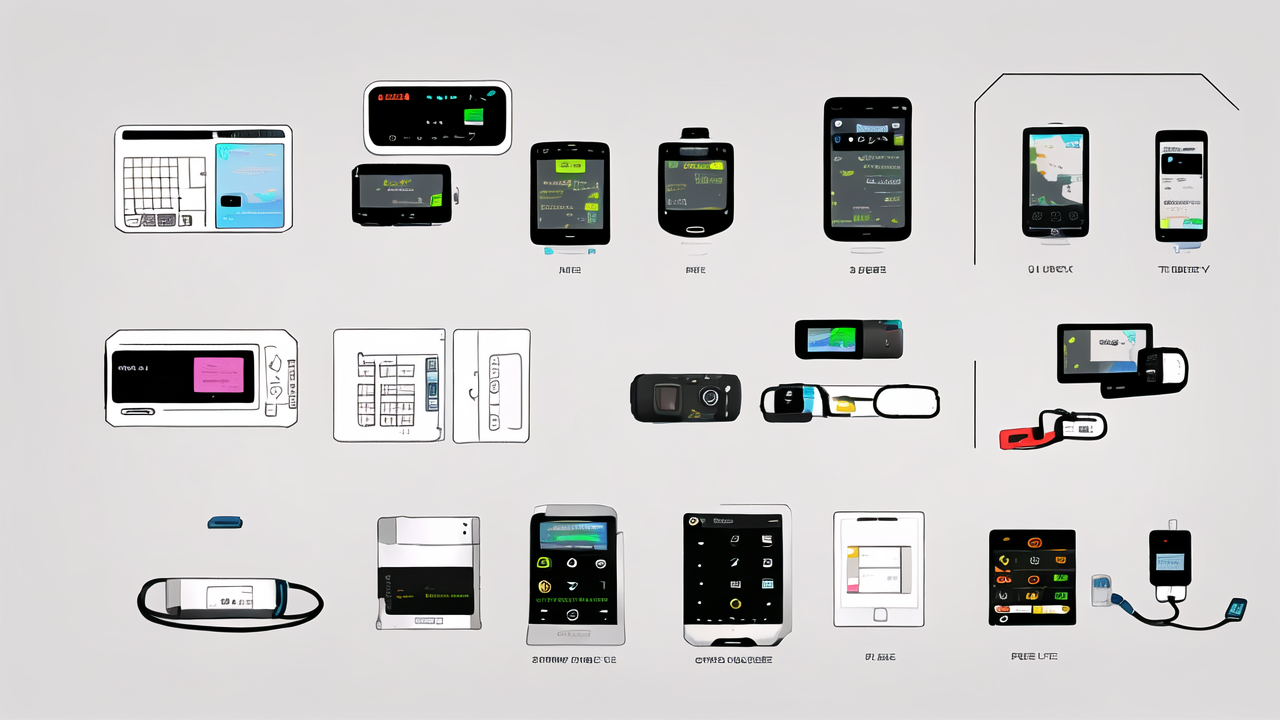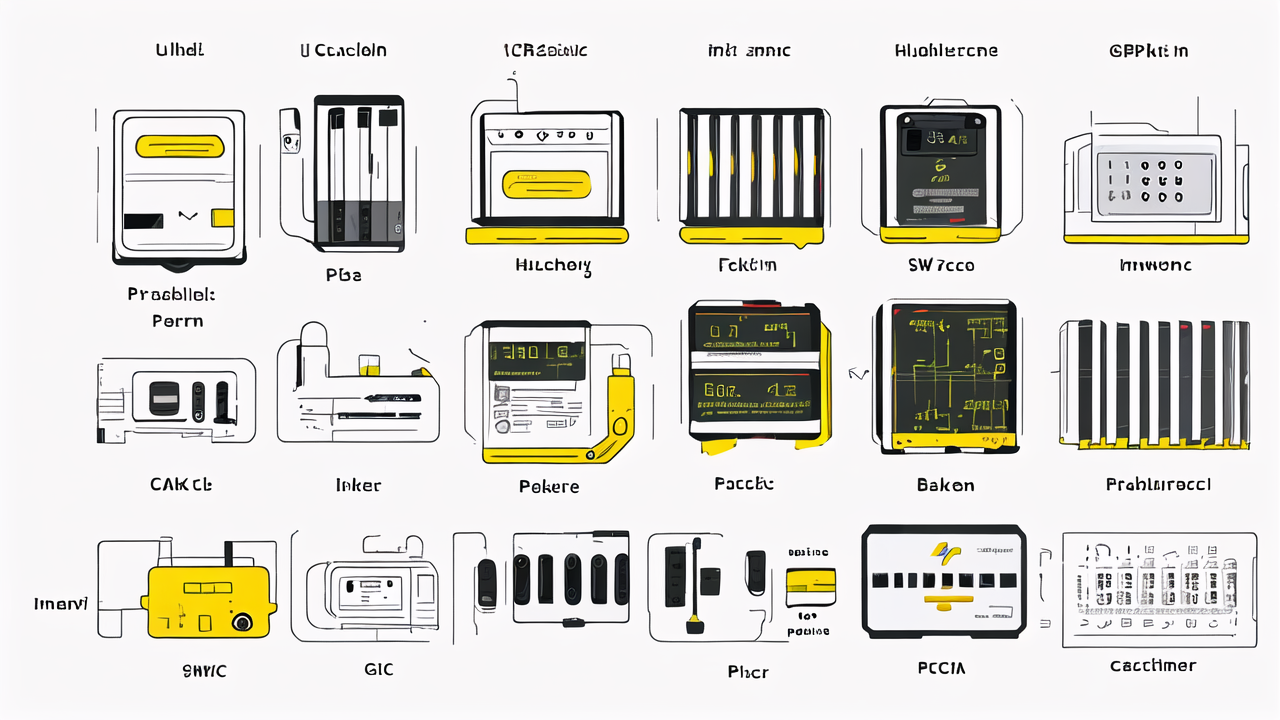Understanding Long Range Walkie Talkies: Capabilities and Limitations
Key Features of Long Range Walkie Talkies
Long range walkie talkies are vital for many users. They offer clear communication over vast distances. Key features include:

- High-power transmitters
- Advanced antenna designs
- Multiple channels
- Weather-resistant build
- Long battery life
These devices use UHF or VHF frequencies. They can reach up to 100 miles in ideal conditions. However, real-world range often differs. Terrain, obstacles, and weather affect performance. Most units have a practical range of 5-30 miles.
Factors Affecting Long Range Communication
Several factors impact the range of walkie talkies:
- Terrain: Flat areas allow better signal travel than hilly regions.
- Obstacles: Buildings, trees, and mountains can block signals.
- Weather: Clear skies are best for long-range communication.
- Power output: Higher wattage generally means better range.
- Frequency: Lower frequencies often travel farther.
Users should consider these factors when choosing a device. Realistic expectations are key. No walkie talkie consistently reaches 100 miles in all conditions.
Evaluating Top Long Range Walkie Talkies for 100-Mile Usage
Range, Reliability, and Battery Life
Top long range walkie talkies balance range, reliability, and battery life. Models like the Motorola T600 and Midland GXT1000VP4 are popular choices. They offer:

- Range: Up to 35 miles in ideal conditions
- Reliability: Clear audio and stable connections
- Battery life: 10-15 hours of use
These devices use rechargeable batteries or disposable ones. Some have dual power options. This flexibility is useful for extended trips. Remember, actual range varies greatly based on conditions.
Cost vs. Quality: What You Get for Your Money
Price ranges for long range walkie talkies vary widely. Here's what to expect:
- Budget ($30-$50): Basic features, limited range
- Mid-range ($50-$150): Better range, more features
- High-end ($150+): Best range, durability, and features
Pricier models often offer better build quality and performance. They may have extra features like GPS or Bluetooth. However, even budget models can work well in good conditions. Consider your needs and budget carefully.
User Experience and Ease of Use
User-friendly design is crucial for walkie talkies. Top models offer:
- Simple button layout
- Clear display screens
- Easy channel switching
- Hands-free operation
- Intuitive menus
Some devices have voice activation for hands-free use. Others offer group call features. Consider these aspects when choosing a walkie talkie. Easy operation can be vital in emergency situations.
Future Trends in Long Range Walkie Talkie Technology
Advances in Digital Walkie Talkie Systems
Digital technology is changing walkie talkies. New systems offer:

- Clearer audio quality
- Better range in urban areas
- Enhanced privacy features
- Data transmission capabilities
- Integration with smartphones
These advances make walkie talkies more versatile. They can now send text messages and GPS coordinates. Some models even offer internet connectivity. This bridges the gap between traditional radios and modern communication devices.
Regulatory Impact on Long Range Communication Devices
Regulations play a big role in walkie talkie development. In the US, the FCC oversees these devices. Key regulatory factors include:
- Frequency allocation
- Power output limits
- Licensing requirements
- Privacy rules
Changes in these areas can affect future designs. For example, new frequency bands may become available. This could lead to longer range devices. However, stricter power limits might reduce range. Manufacturers must balance performance with compliance.
The Role of AI and Machine Learning in Enhancing Communication Range
AI and machine learning are entering the walkie talkie world. These technologies can:
- Optimize signal strength
- Predict and avoid interference
- Enhance voice clarity
- Improve battery efficiency
- Provide real-time translation
Future walkie talkies may use AI to extend range. They could automatically adjust settings for best performance. Machine learning could help devices learn from past usage. This might lead to smarter, more efficient communication tools. As technology advances, the dream of reliable 100-mile walkie talkies may become reality.


